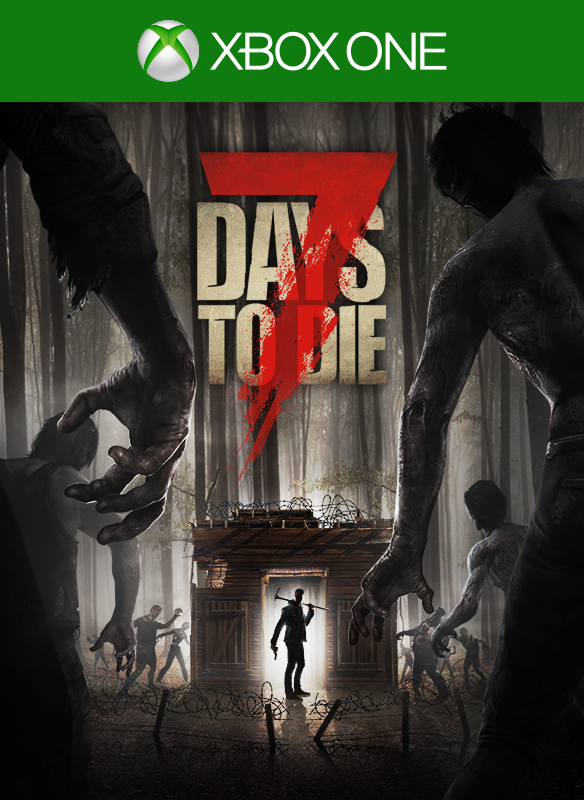

A 1-3 indicates that you don’t get what you were hoping for. If you haven’t played a Forged in the Dark Game, the basics include rolling a set of d6s and taking the highest rolled die as your result. Some of the important topics introduced up front include: The initial section in the book, The Basics, gives a broad overview of what the game is about, how it is played, and touches briefly on mechanics that are fleshed out in the later sections of the book. The physical book is a solid chunk of well-constructed lore, which arrived just as I was starting my review process. If you have seen Blades in the Dark, the format is what you might expect from a sci-fi spin on that same theme. The book is formatted with bold, clear text, and is very easy to read.

In addition to the black and white line art, there are a few system maps detailing the Procyon sector, as well as many charts and tables throughout. Scum and Villainy is a 360-page volume, with a color cover and black and white interior artwork. Scum and Villainy is a Forged in the Dark game (based on the core rules of Blades in the Dark) that takes its inspiration from media like Star Wars, Firefly, and Cowboy Bebop, with characters profiting from crime in the backwaters of the Hegemony. There definitely seems to be a demand for rogues plying the starlanes, pulling heists, collecting bounties, and sticking it to the (space) Man. Even comic book universes known for their superheroes seem to have their share of interstellar rogues, with the Marvel universe providing the Starjammers and the Guardians of the Galaxy, and the DC Universe providing L.E.G.I.O.N. Sure, Star Wars has Han, Lando, Boba Fett, and Jabba the Hutt, but even Star Trek has its Harry Mudd and its Orion pirates. There is something about space opera that just begs for the inclusion of rogues, thieves, and criminals.


 0 kommentar(er)
0 kommentar(er)
